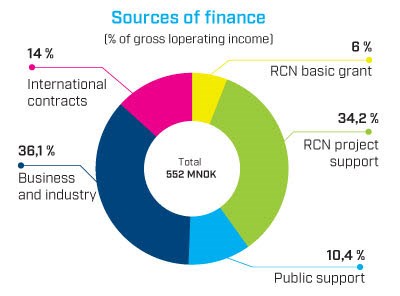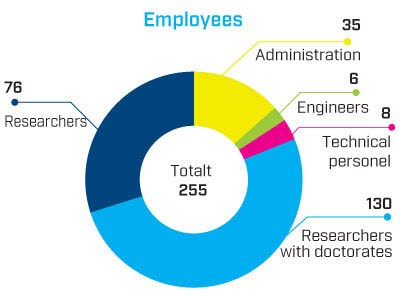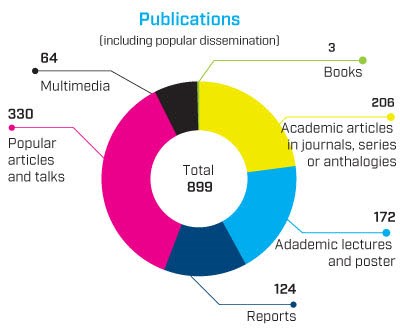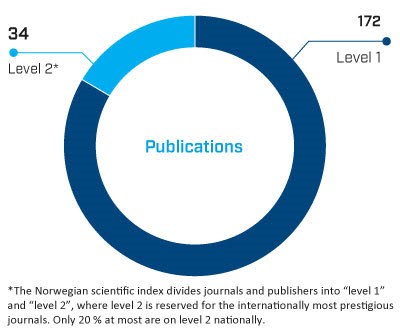We shape the future's sustainable energy solutions
Who we are and what we do
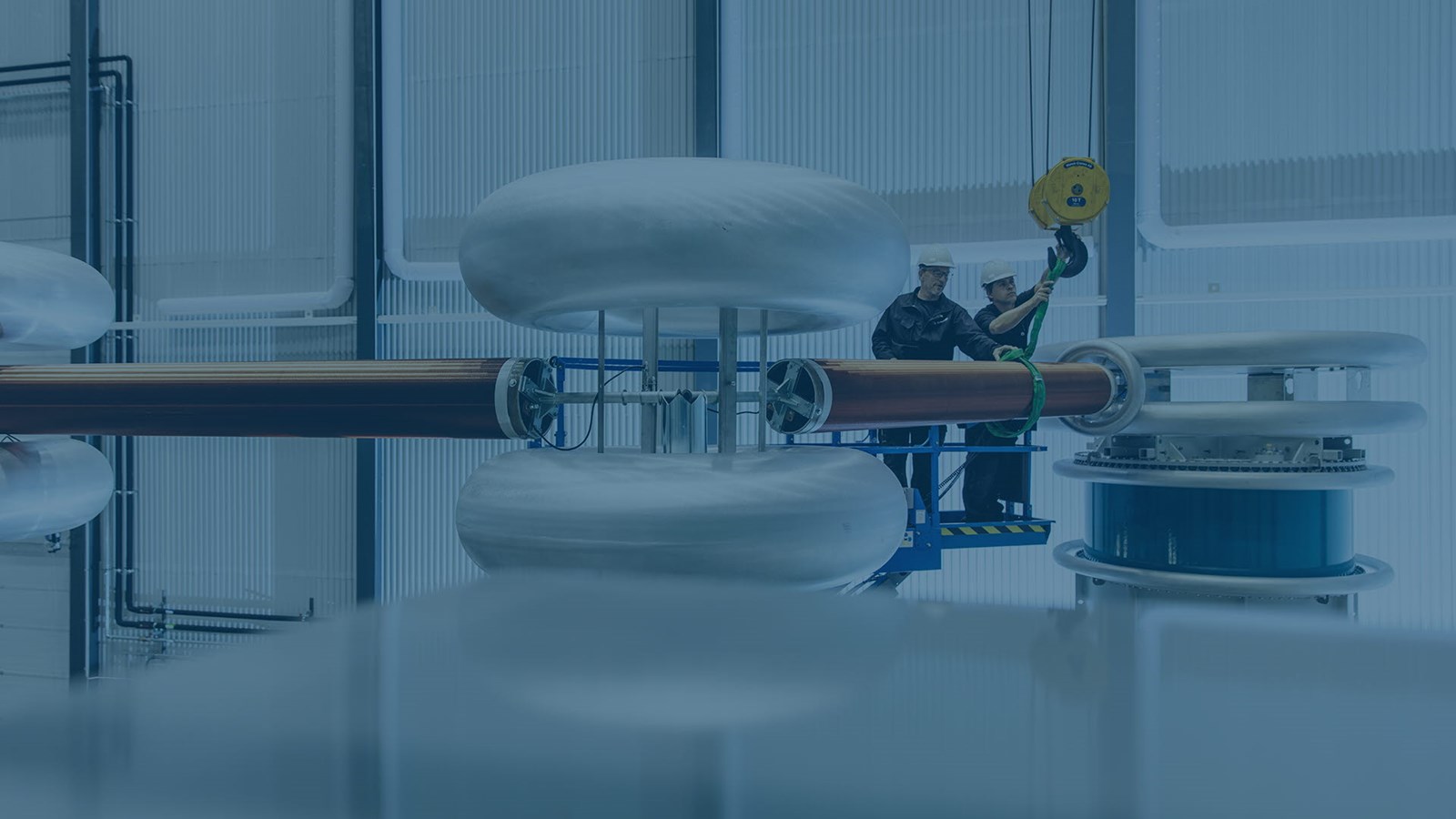
SINTEF, globally and locally
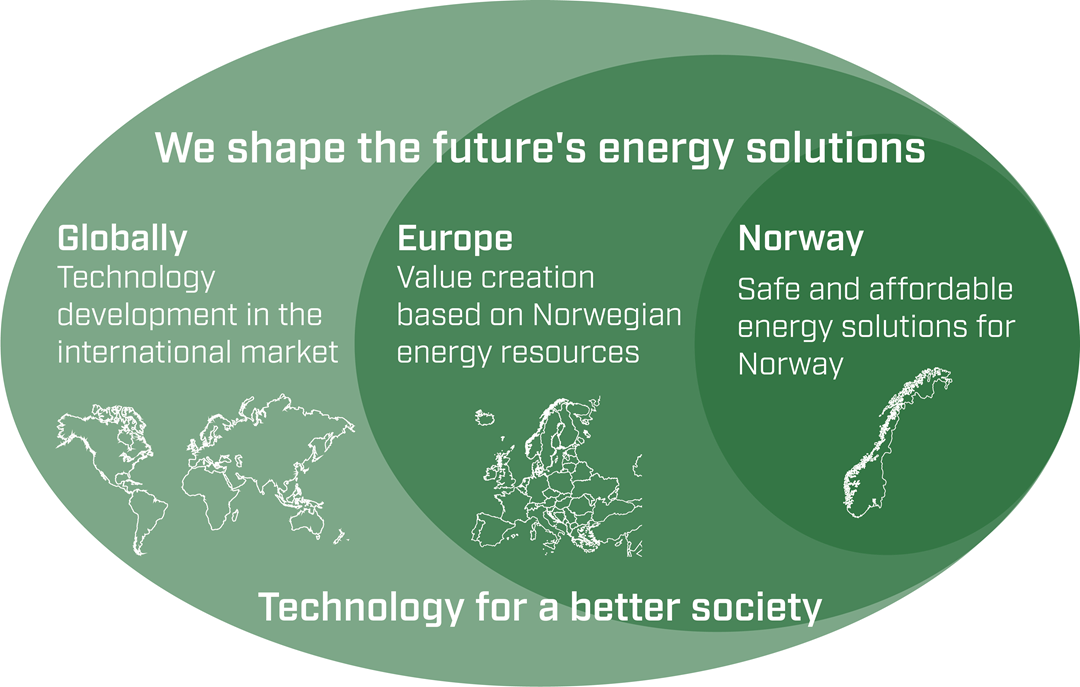
World-leading solutions
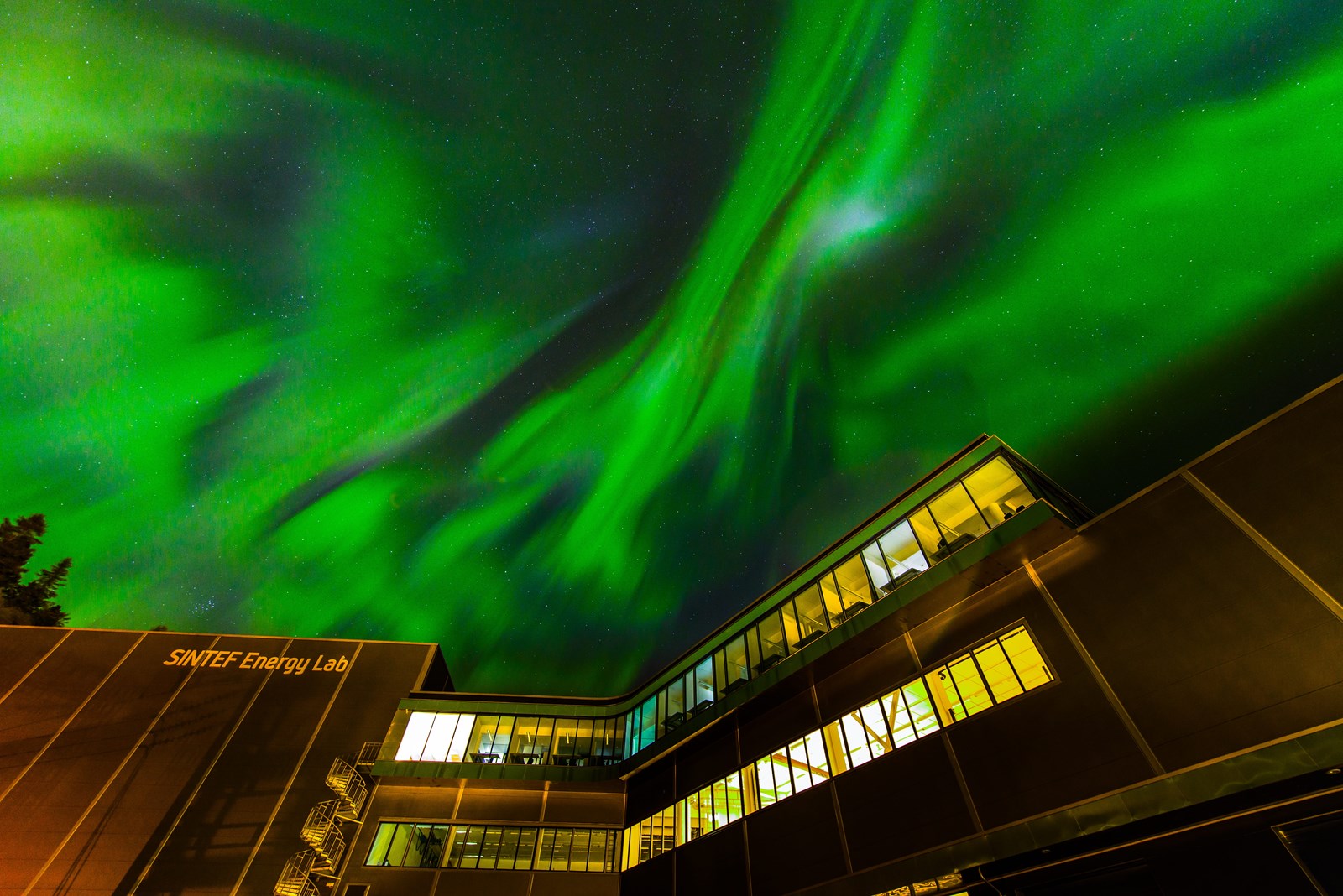
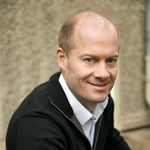
Our effort to mitigate climate change
The Covid-19 pandemic and its health-related and economic impacts present us with an entirely new global challenge. It has also illustrated how intense levels of international research and development will aid in halting its spread. The challenge of climate change must also be addressed globally, and collaborative international research will be decisive in this area. The work carried out by SINTEF Energy Research and our partners during 2019 clearly demonstrates that we have made a major contribution in the collective effort to address this challenge.
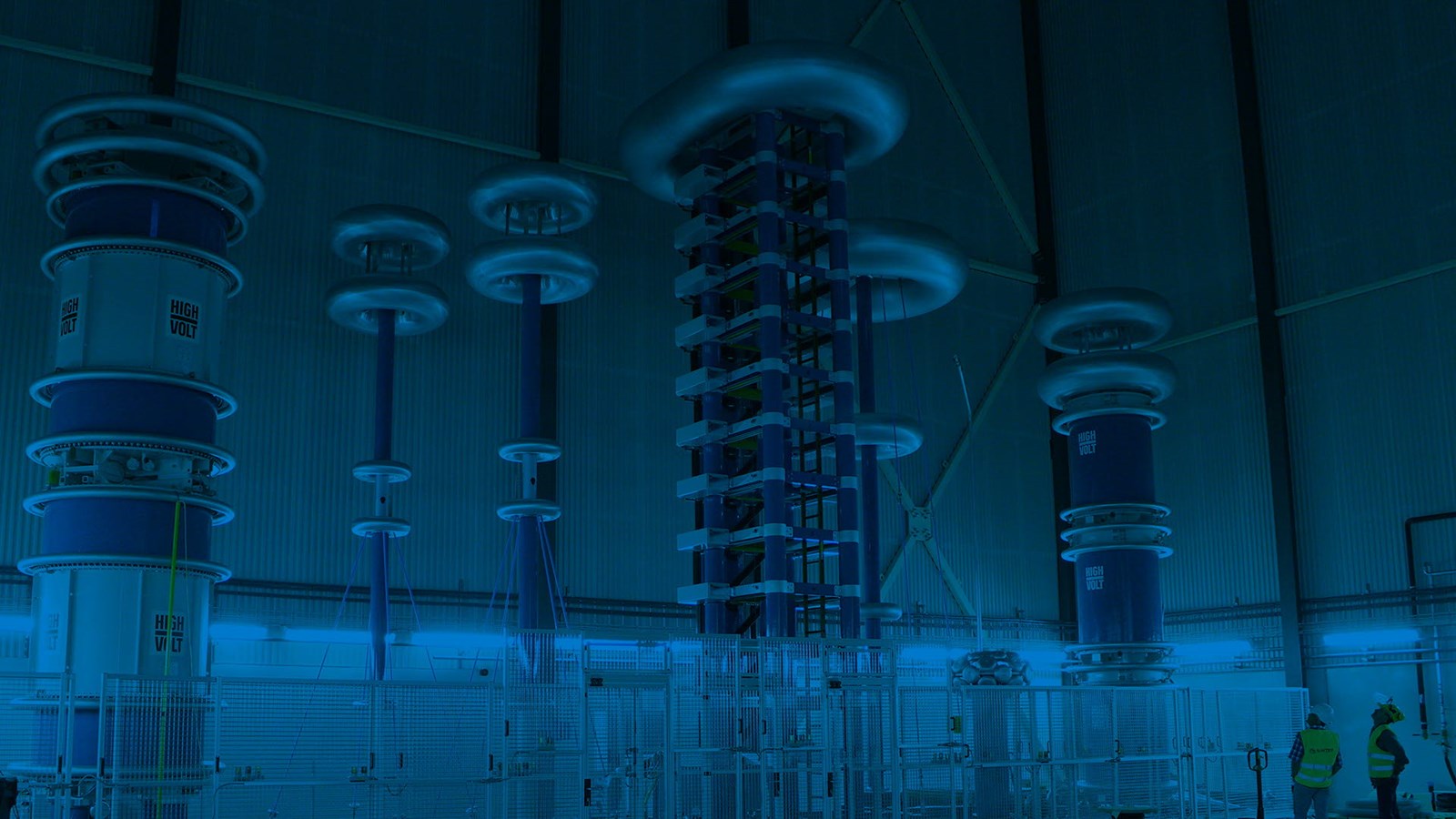
SINTEF Energy Research and the UN's Sustainable Development Goals
Read more about SINTEF Energy's contribution to the UN's Sustainable Development Goals by clicking on one of the icons below.
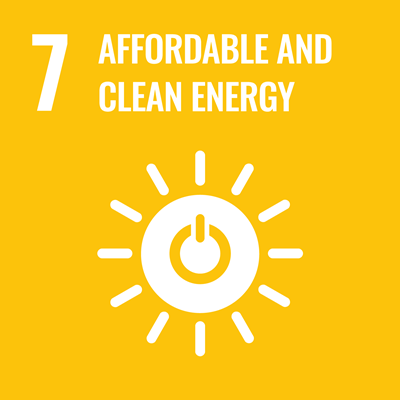
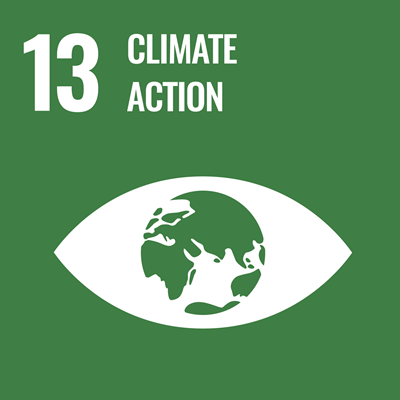
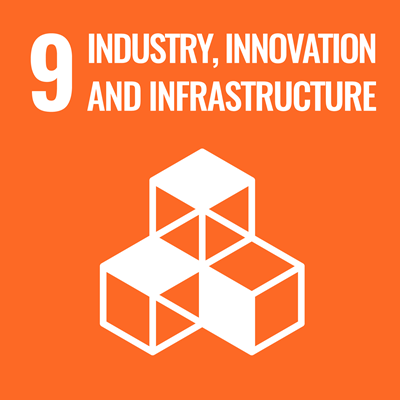
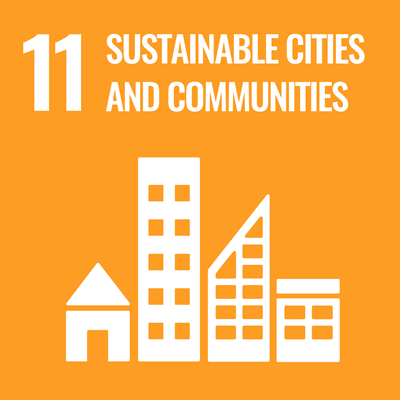
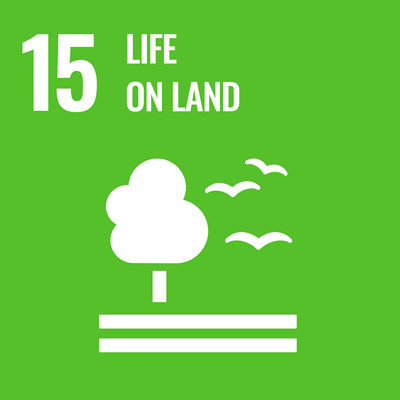
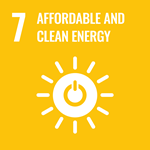
Affordable and clean energy

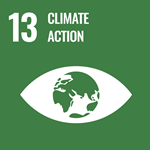
Climate action

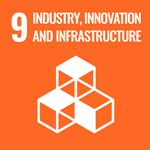
Industry, innovation and infrastructure
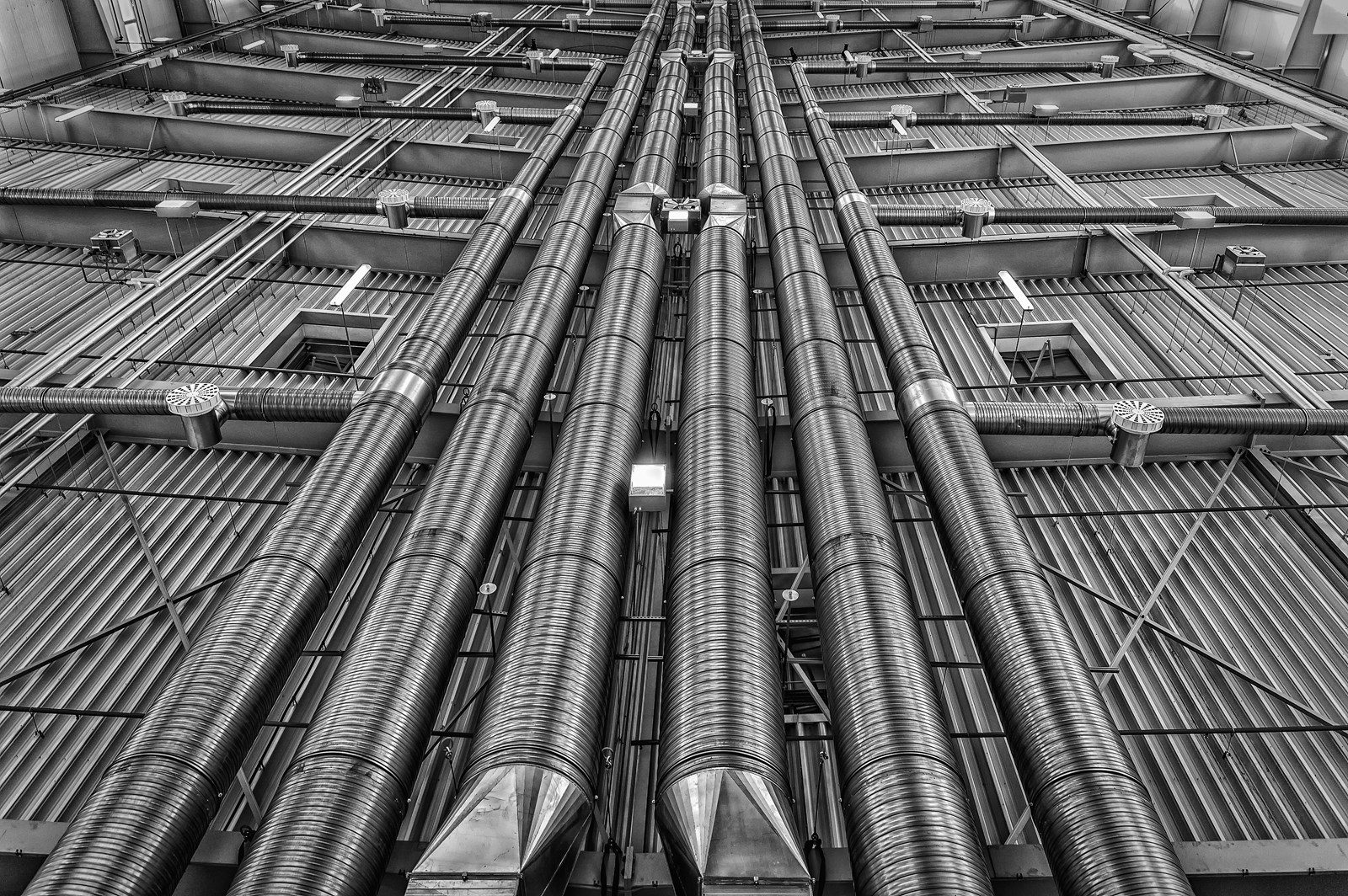
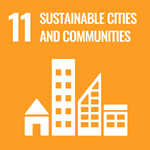
Sustainable cities and communities

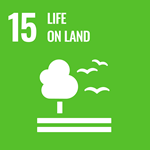
Life on land
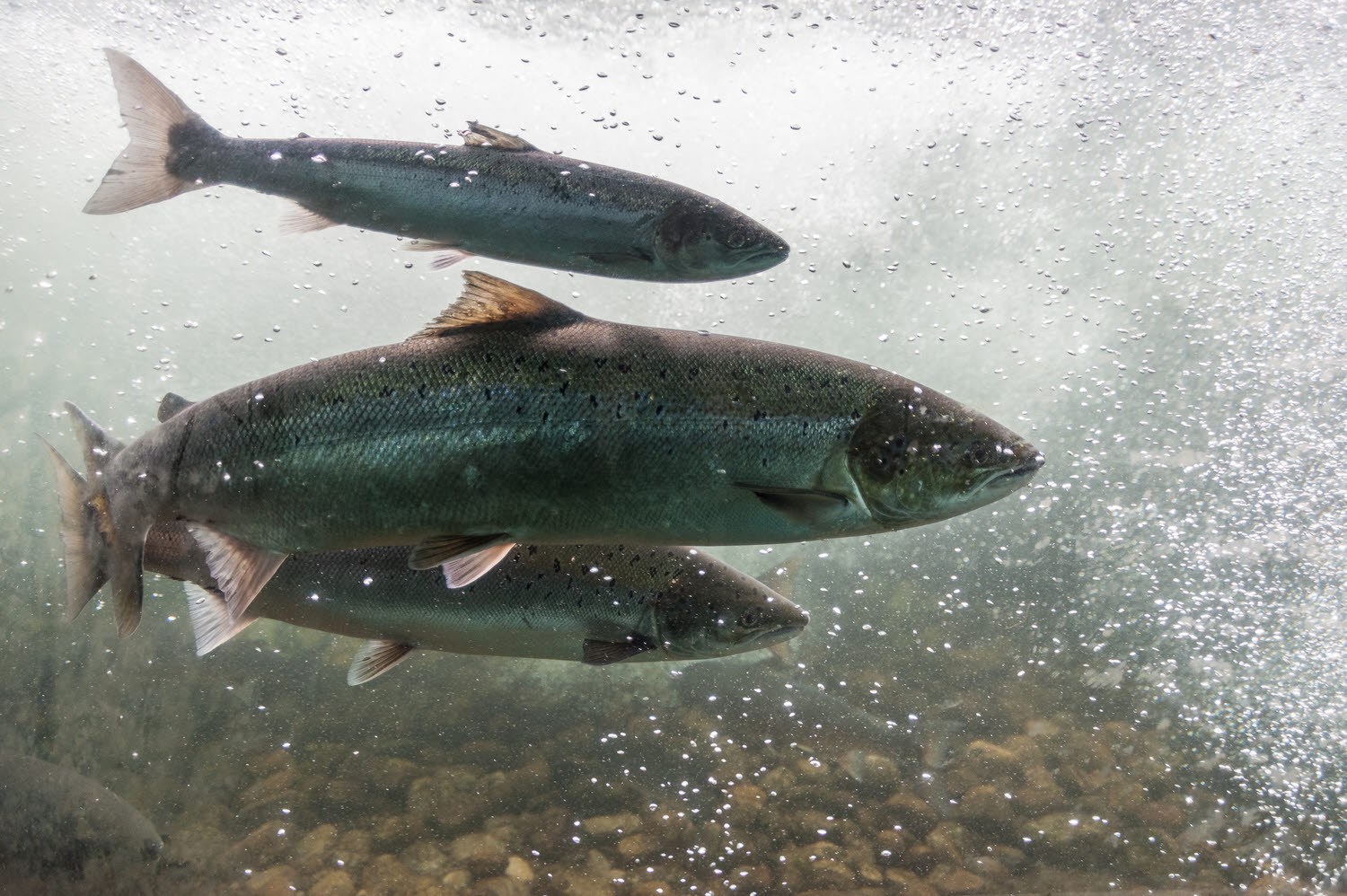


1. Hydropower
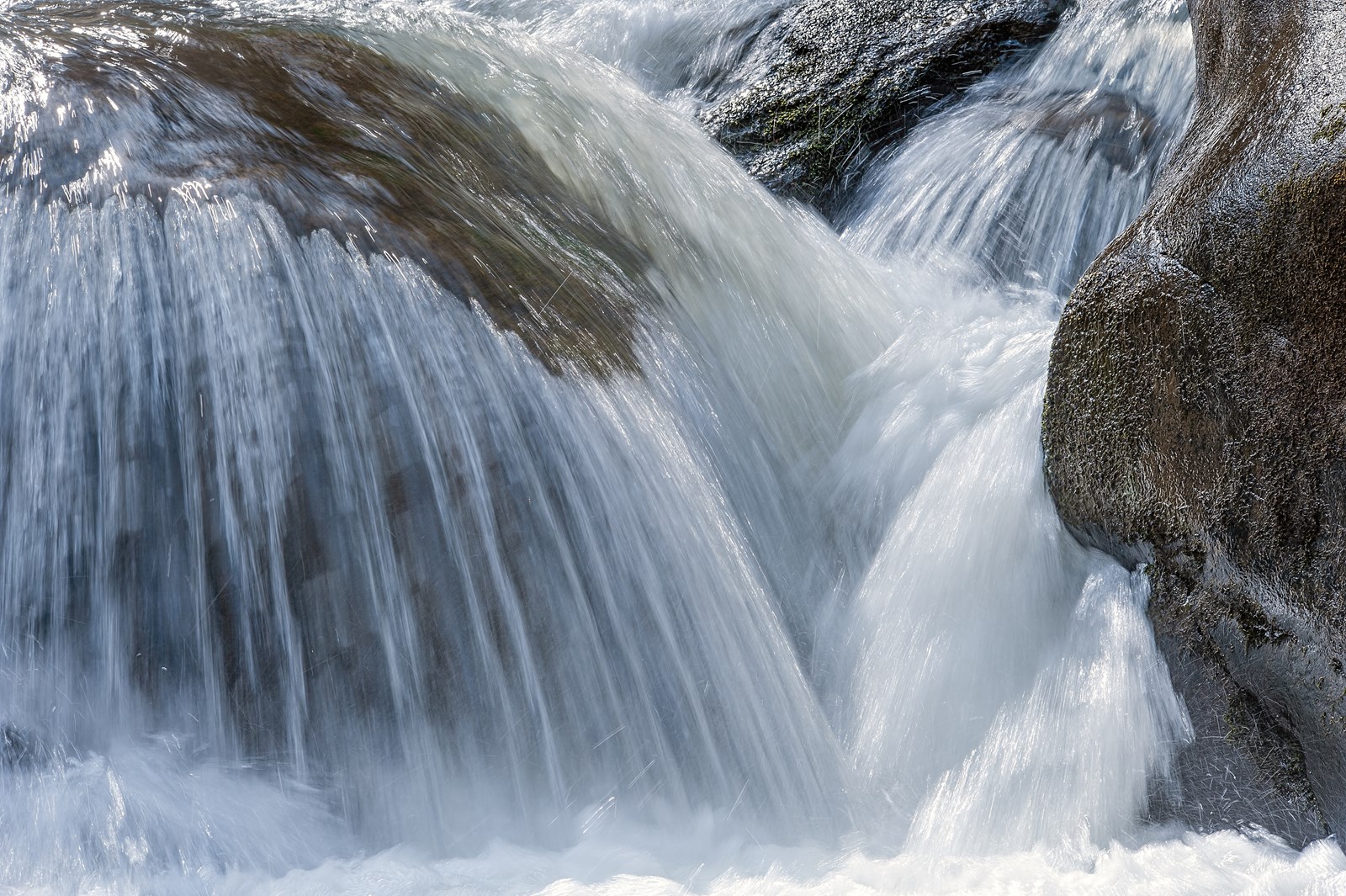



2. SF6



3. Refrigerant applications of CO2





4. CCS
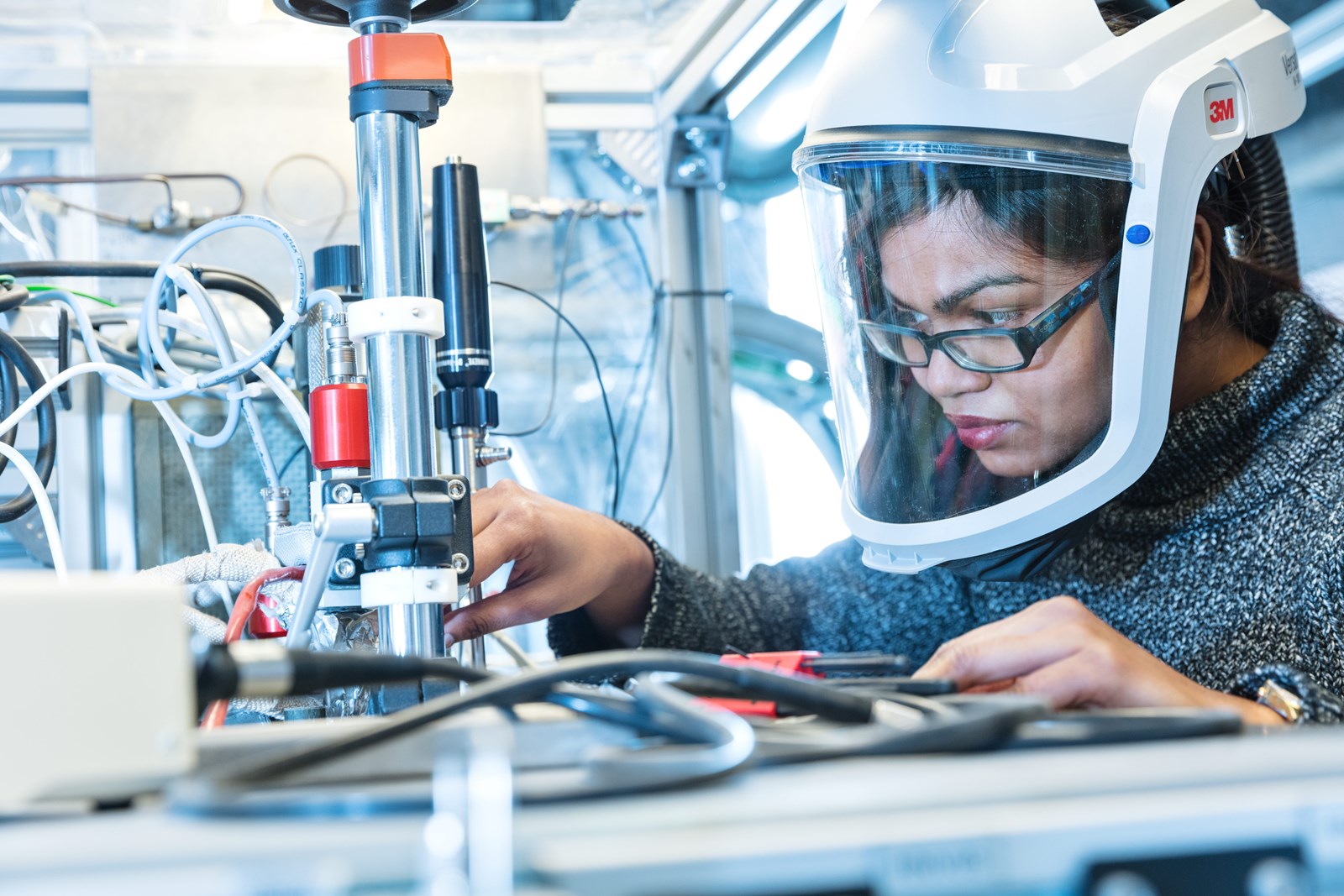
January
February
March
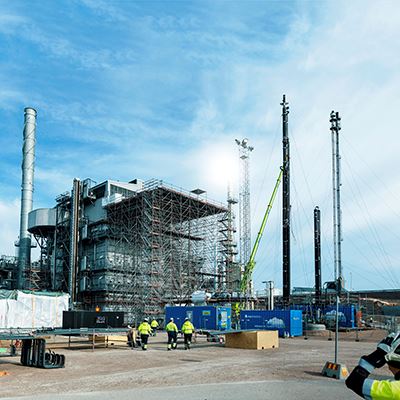
April
May
Mai
June
June
July
August
September
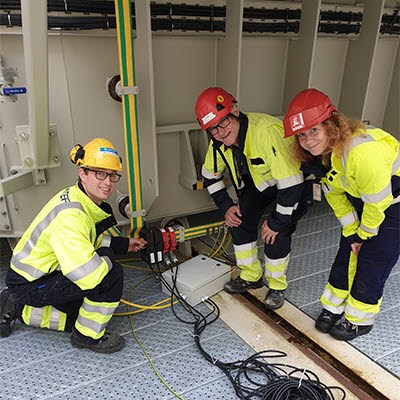
October
November
December
SINTEF Energy Research has clients and projects all over Norway
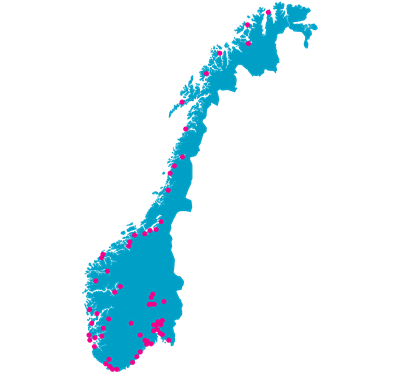
Wood-burning stoves in Otta, Oslo, Fredrikstad and Nykøbing in Denmar

TINE dairy in Bergen

ArbaFlame – from Norway to Europe
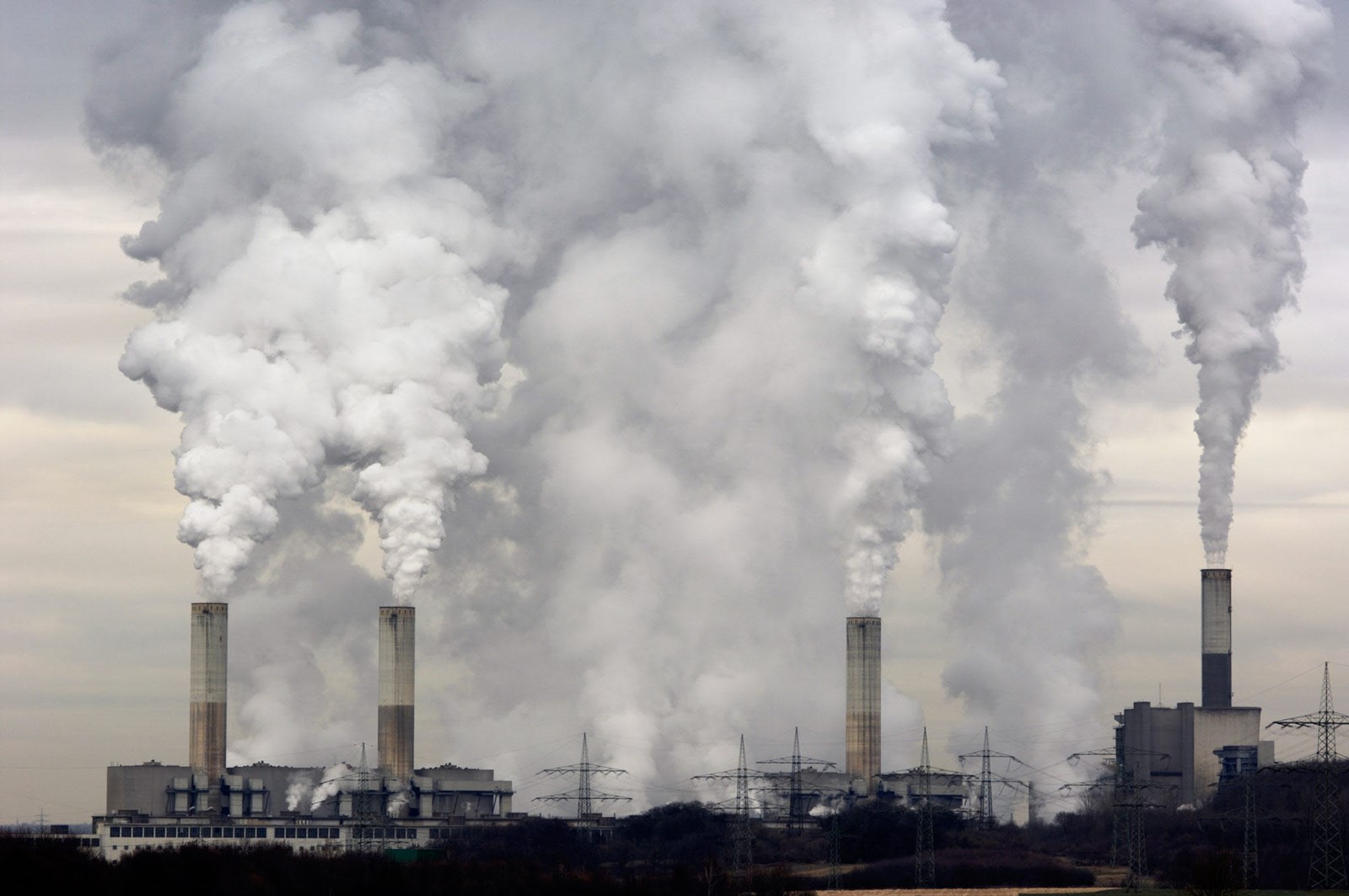
Testing batteries in the electricity grid
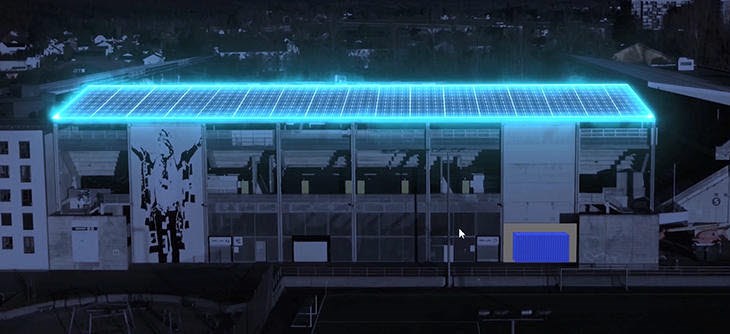
Tomorrow’s medium-voltage load switches for ABB
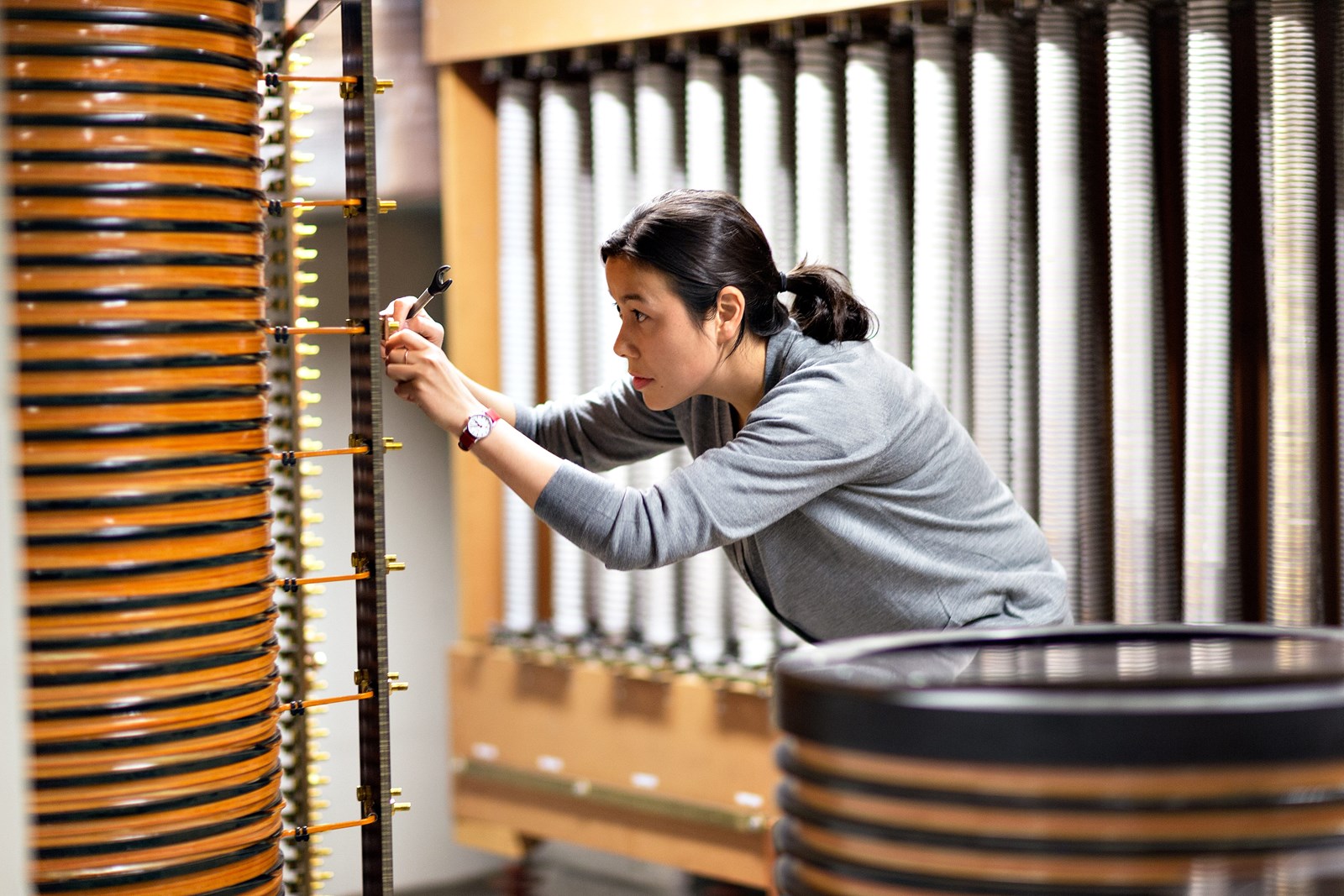
GoNorth - Exploring the Arctic Ocean

SINTEF Energy Research is very active in global research – especially in Europe.
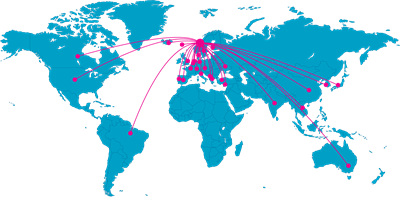
TotalControl
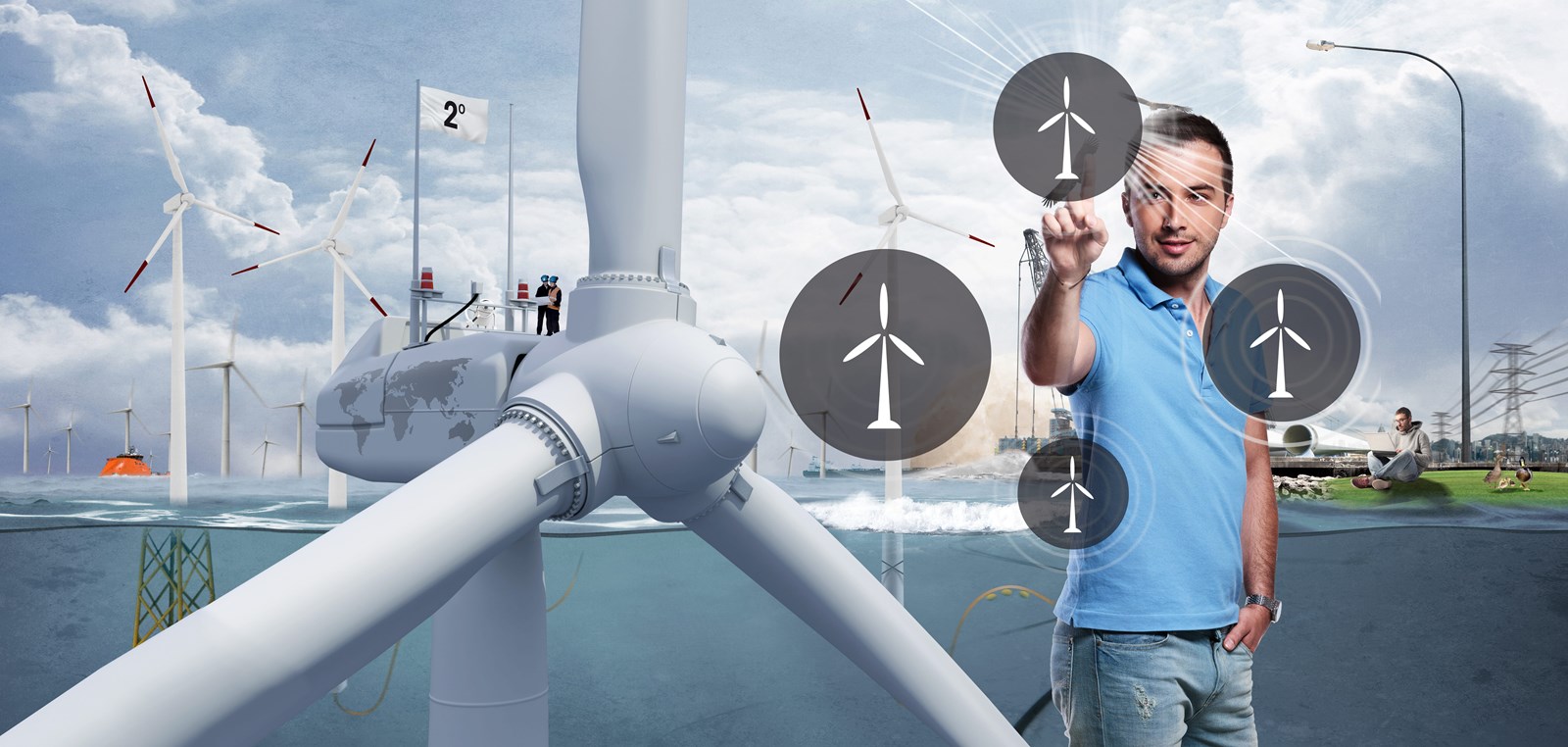

SINTEF Energy Research hosts three Norwegian Centres for Environmentally-Friendly Energy Research (FMEs)



FME NCCS
The main objective of NCCS is to apply industry- and research-driven innovation to bring about the rapid implementation of carbon capture, transport and storage (CCS) technologies. NCCS shall also ensure that Norway remains a global leader in the field of CCS and shall contribute towards achieving the large-scale storage of CO2 in North Sea reservoirs.
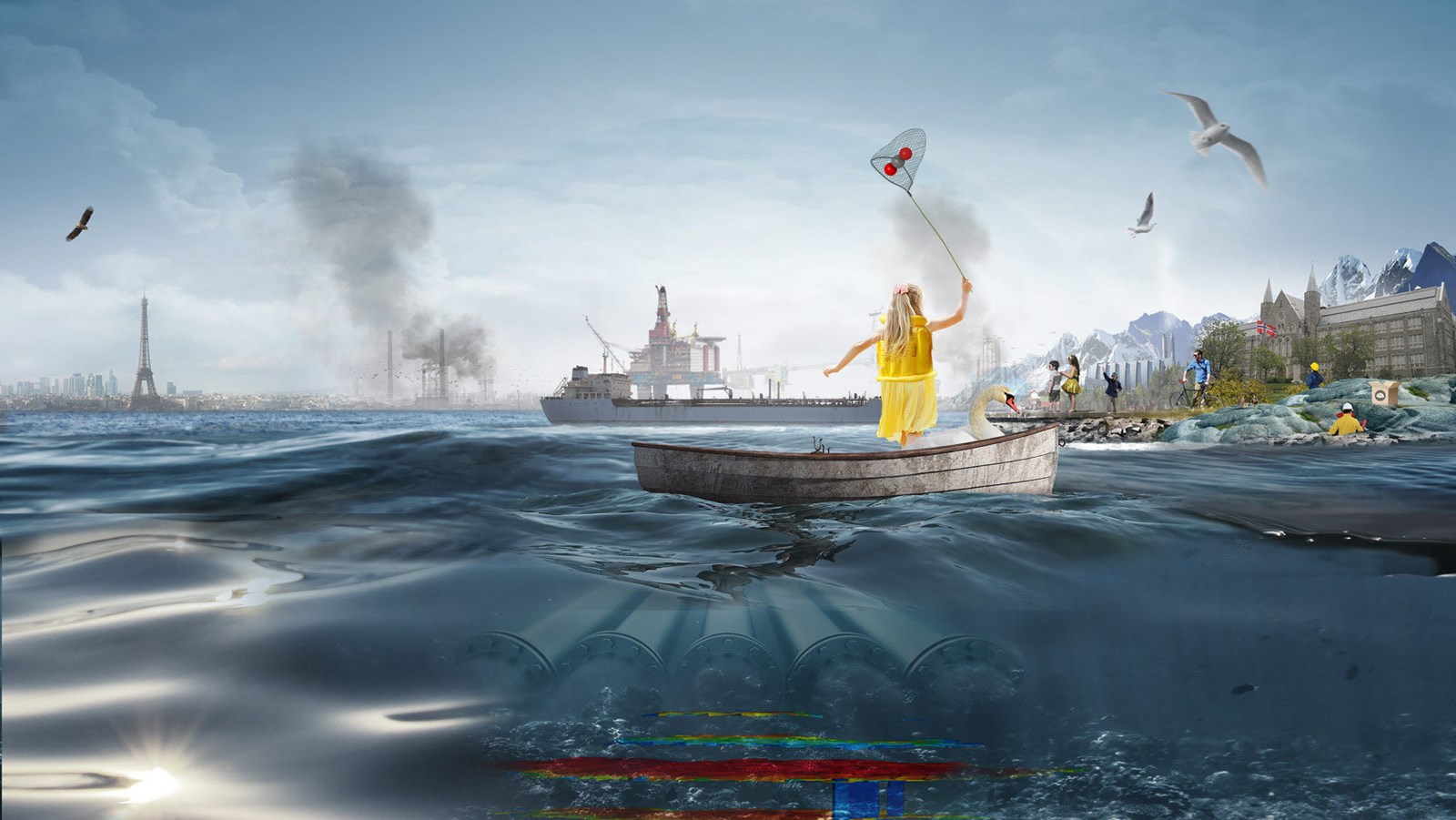
FME HighEFF

FME CINELDI
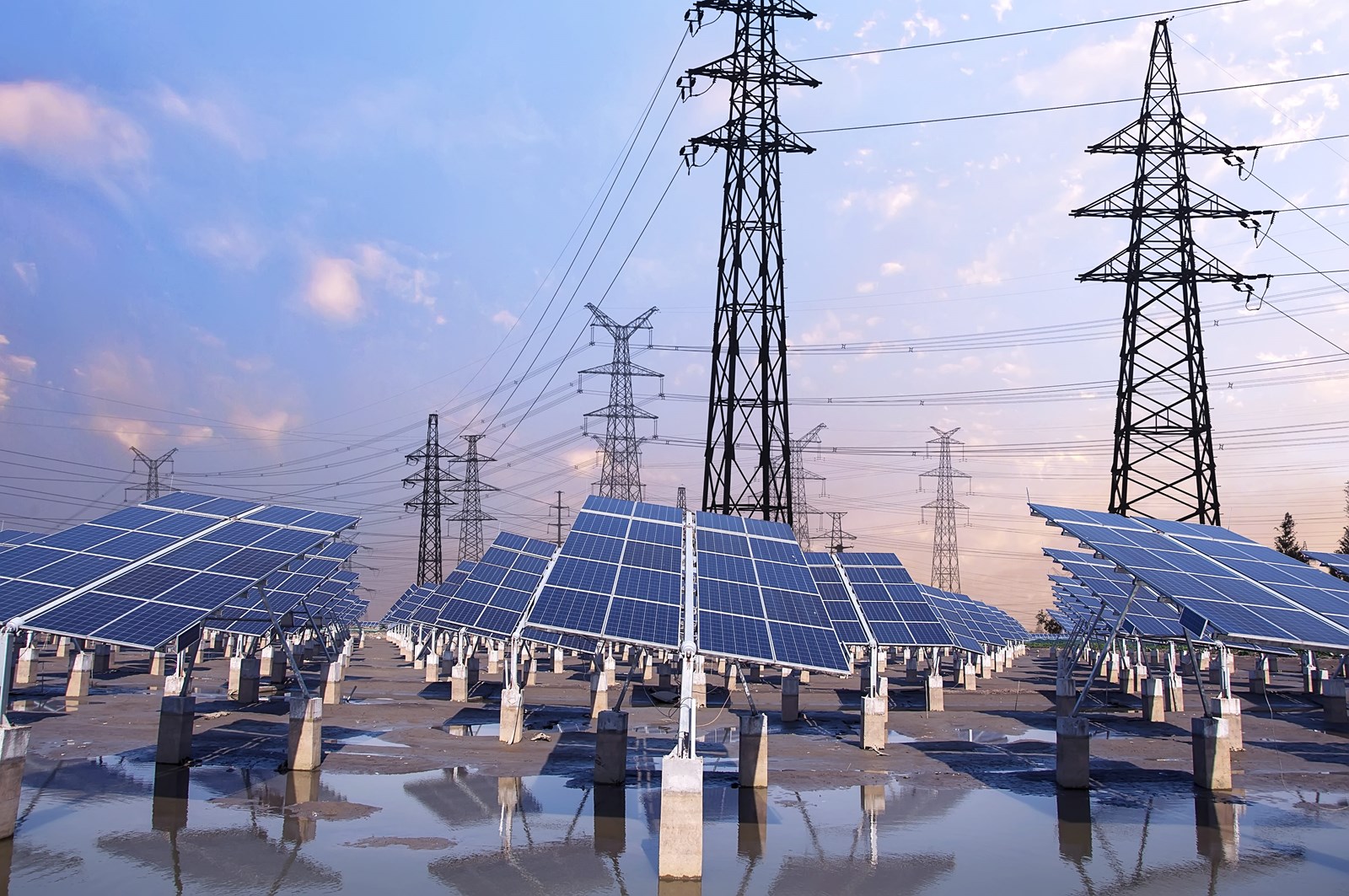
2019 was another excellent year for scientific publications produced by the institute.
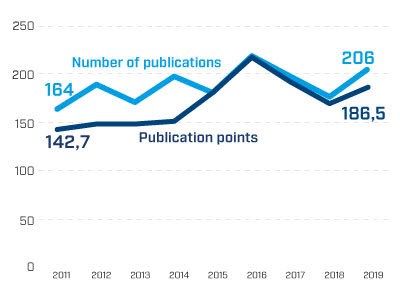
Norway as a Battery for the Future European Power System – Comparison of Two Different Methodological Approaches I: Proceedings of the 6th International Workshop on Hydro Scheduling in Competitive Electricity Markets
Springer Nature 2019 ISBN 978-3-030-03311-8. s. 76-83. Graabak, Ingeborg; Jaehnert, Stefan; Korpås, Magnus; Mo, Birger.
This article compares results from two stochastic electricity market models (EMPS and SOVN). The comparison addresses a future European scenario in which the energy mix exhibits a high proportion (61%) of renewable energy generation from intermittent sources such as wind and solar. The article addresses a number of installed capacity scenarios in Norwegian hydropower plants, and the differences between the models are described together with a presentation of the absolute numerical results for each model.
Equation of state and force fields for Feynman–Hibbs-corrected Mie fluids. I. Application to pure helium, neon, hydrogen, and deuterium
Ailo Aasen, Morten Hammer, Åsmund Ervik, Erich A. Müller, Øivind Wilhelmsen.
A fundamental study that addresses quantum effects in the description of the thermodynamic properties of a selection of different gases. The study is relevant and future-oriented with a view to the liquefaction of hydrogen.
Dynamic modelling of a refrigerated cabinet with integrated phase change material thermal storage. 25th IIR International Congress of Refrigeration Proceedings. International Institute of Refrigeration
2019 ISBN 978-2-36215-035-7.
Jokiel, Michael; Banasiak, Krzysztof; Kauko, Hanne; Sevault, Alexis.
Phase change materials (PCMs) can be used to store thermal energy in refrigeration units in supermarkets. PCMs offer major potential for energy savings and more evenly regulated refrigeration temperatures. The design and operational strategies of a PCM-enhanced refrigeration system were assessed using a Modelica model. This research work is continuing at SINTEF Energy Research using a PCM refrigeration system set up in a laboratory, constructed in the light of the modelling results.
Compatibility of liquid and solid insulation materials for high voltage subsea connectors
IEEE transactions on dielectrics and electrical insulation 2019 ;Volum 26.(4) s. 1139-1145.
Lesaint, Cedric Michel; Hølto, Jorunn; Sæternes, Hans Helmer; Ese, Marit-Helen Glomm.
This article addresses a compatibility study of insulation materials used in high-voltage subsea connectors. Many combinations of solid and liquid insulation materials were aged under realistic conditions of pressure, temperature and moisture content for a period of three years. During the ageing process, samples of the materials were tested at regular intervals in order to measure changes in their mechanical and thermal properties. In this study, the researchers observed only very minimal effects in response to hydrostatic pressure. However, moisture saturation of a particular insulation fluid (a synthetic ester), in combination with high temperatures, resulted in the considerable degradation of certain solid insulation materials that were in contact with the fluid. This is an important finding because materials selection is crucial to the functionality and lifetime of this type of high-voltage component.
Key figures
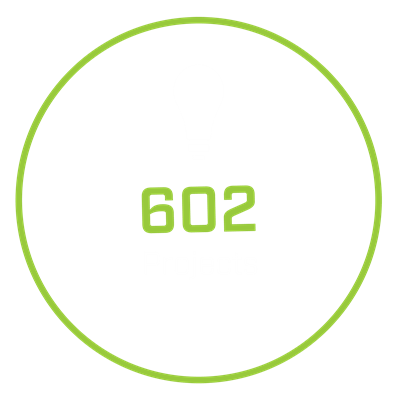
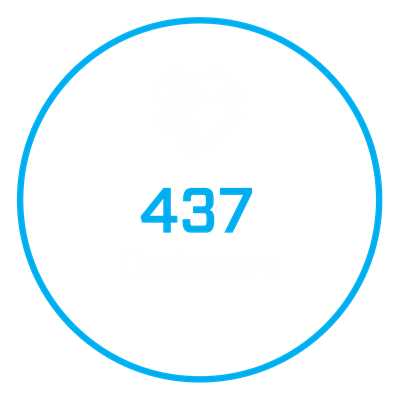
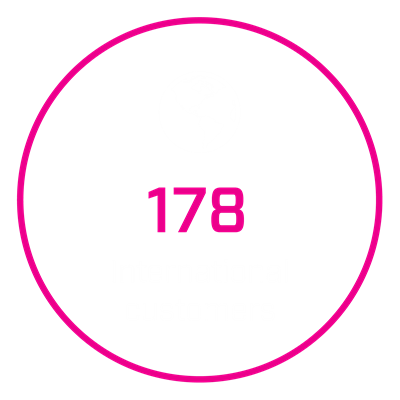
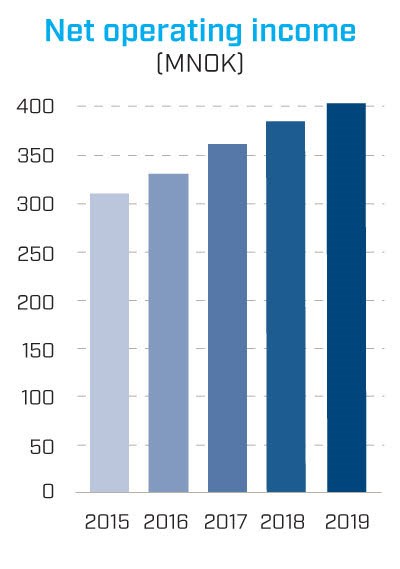
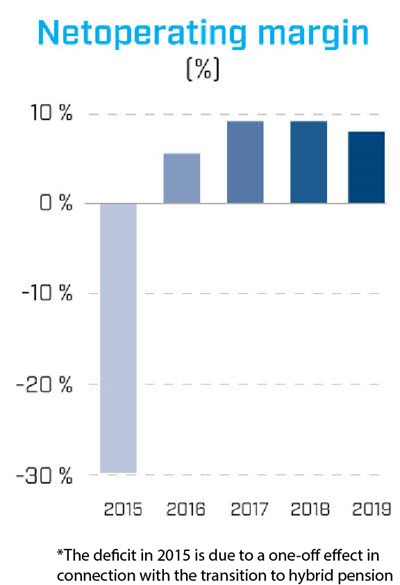
Profits are invested in new knowledge creation
SINTEF Energy Research's profits are invested in laboratories, scientific equipment, facilities and the development of new knowledge. The accounts show an investment of NOK 234 million over the last ten years.
